The Best Hydrangeas For Shade That Will
The Best Hydrangeas for Shade That Will Brighten Up Your Garden
Hydrangeas are some of the most popular flowering shrubs in the world, and for good reason. They come in a wide variety of colors, sizes, and shapes, and they can add a touch of elegance and beauty to any garden.
If you have a shady spot in your garden, don't despair! There are still plenty of hydrangeas that will thrive in those conditions. In fact, some of the most beautiful hydrangeas are those that prefer shade.
In this blog post, we will discuss the best hydrangeas for shade. We will cover a variety of different types, so you can find the perfect hydrangea for your needs.
Types of Hydrangeas for Shade
There are many different types of hydrangeas that can be grown in shade. Here are a few of the most popular:
- Mophead hydrangeas (Hydrangea macrophylla) are known for their large, round flower heads. They come in a variety of colors, including blue, pink, and white. Mophead hydrangeas prefer partial shade, but they can also tolerate full shade.
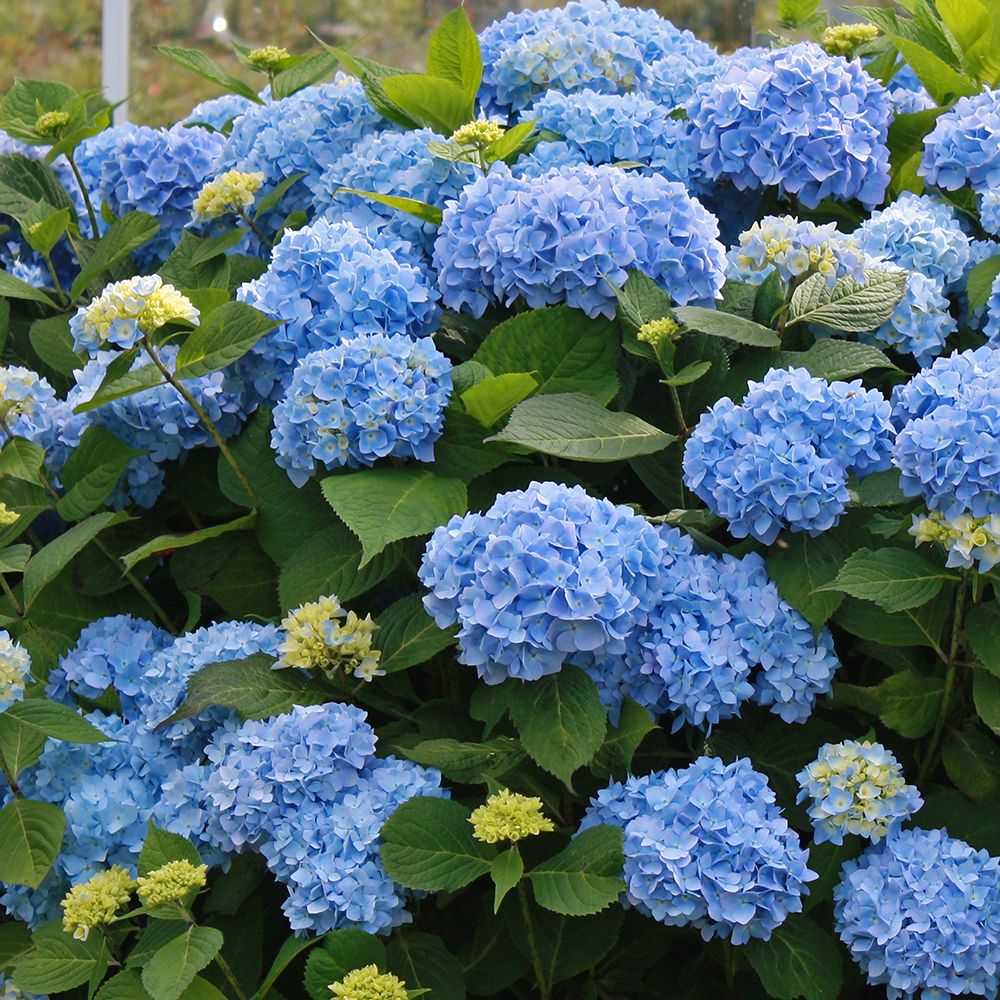
- Lacecap hydrangeas (Hydrangea macrophylla normalis) are similar to mophead hydrangeas, but their flower heads have a lacy appearance. They come in a variety of colors, including blue, pink, and white. Lacecap hydrangeas prefer partial shade, but they can also tolerate full shade.

- Smooth hydrangeas (Hydrangea arborescens) are a type of hydrangea that is native to North America. They are known for their white flower heads that bloom in the summer. Smooth hydrangeas prefer full sun or partial shade.
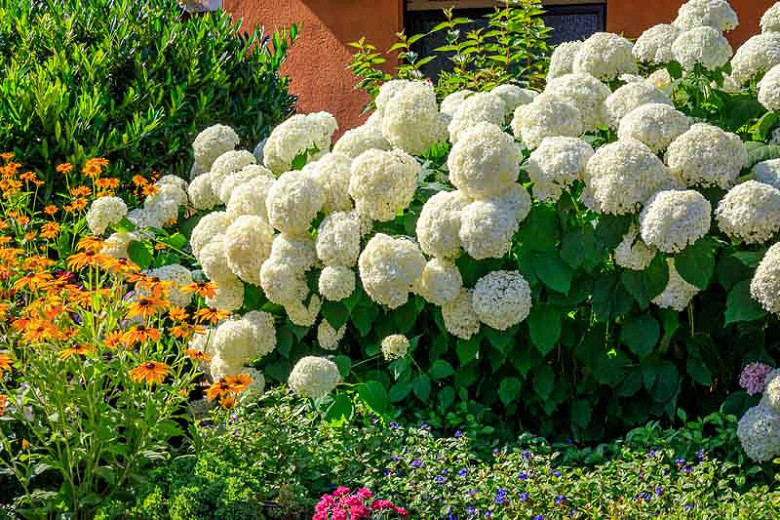
- Panicle hydrangeas (Hydrangea paniculata) are a type of hydrangea that is known for its long, cone-shaped flower clusters. They come in a variety of colors, including white, pink, and blue. Panicle hydrangeas prefer full sun or partial shade.
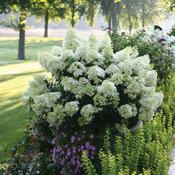
- Oakleaf hydrangeas (Hydrangea quercifolia) are a type of hydrangea that is native to North America. They are known for their large, oak-shaped leaves and their white flower heads that bloom in the summer. Oakleaf hydrangeas prefer partial shade or full shade.
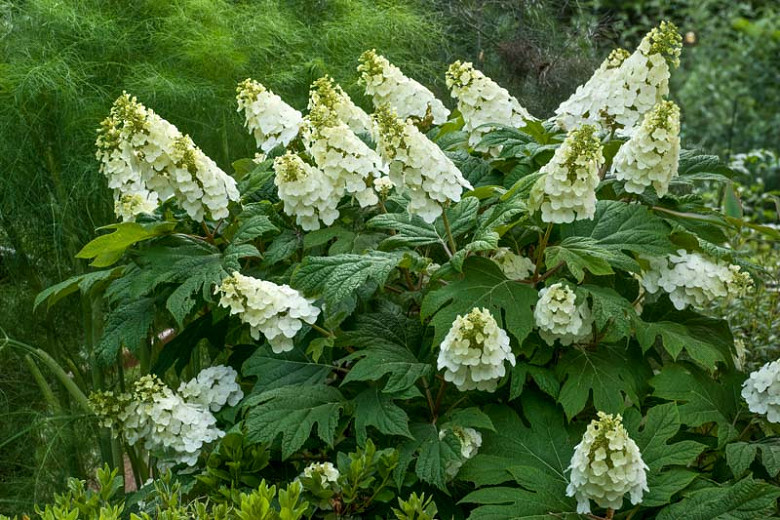
Growing Hydrangeas in Shade
If you are planning to grow hydrangeas in shade, there are a few things you need to keep in mind:
- Choose a location that gets at least partial shade.
- Provide your hydrangeas with well-drained soil.
- Water your hydrangeas regularly, especially during the summer months.
- Fertilize your hydrangeas in the spring and fall.
With proper care, your hydrangeas will thrive in the shade and provide you with years of beautiful blooms.
Conclusion
Hydrangeas are a beautiful and versatile flowering shrub that can be grown in a variety of conditions. If you have a shady spot in your garden, don't despair! There are plenty of hydrangeas that will thrive in those conditions.
The hydrangeas listed above are just a few of the many different types that can be grown in shade. With a little research, you can find the perfect hydrangea for your needs.
So what are you waiting for? Start planning your shade garden today!
Do you have a shady spot in your garden that you're not sure what to do with? Why not plant a hydrangea! Hydrangeas are beautiful flowers that come in a variety of colors, and many of them are well-suited for shady conditions.
If you're looking for the best hydrangea for shade, here are a few of my favorites:
- Oakleaf hydrangea: This type of hydrangea has large, oak-shaped leaves and clusters of white or pink flowers. It's a great choice for shady areas, as it can tolerate full shade.
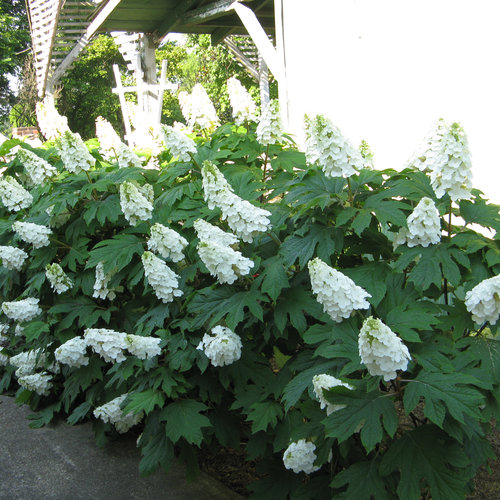
- Smooth hydrangea: This type of hydrangea has smaller leaves and flowers than oakleaf hydrangea, but it's still a great choice for shady areas. It's also more cold-hardy than oakleaf hydrangea, so it's a good option for colder climates.

- Panicle hydrangea: This type of hydrangea is known for its large, cone-shaped flowers. It's a bit more tolerant of sun than other shade-loving hydrangeas, but it can still do well in shady areas.

If you're not sure which type of hydrangea is right for you, I recommend visiting Garden Wiki. They have a great selection of hydrangeas for shade, and their experts can help you choose the perfect one for your garden.
FAQ of best hydrangea for shade
Q: What are the best hydrangeas for shade?
A: There are a number of hydrangeas that do well in shade, but some of the most popular include:
- Oakleaf hydrangea (Hydrangea quercifolia)

- Climbing hydrangea (Hydrangea petiolaris)

- Annabelle hydrangea (Hydrangea arborescens Annabelle)
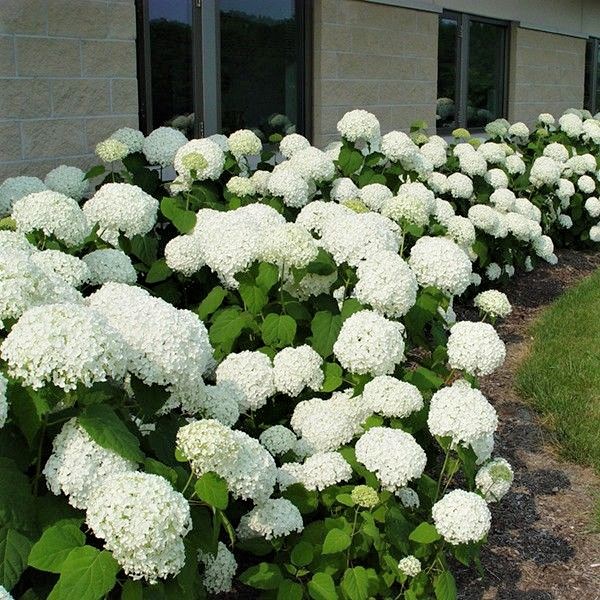
- Limelight hydrangea (Hydrangea paniculata Limelight)
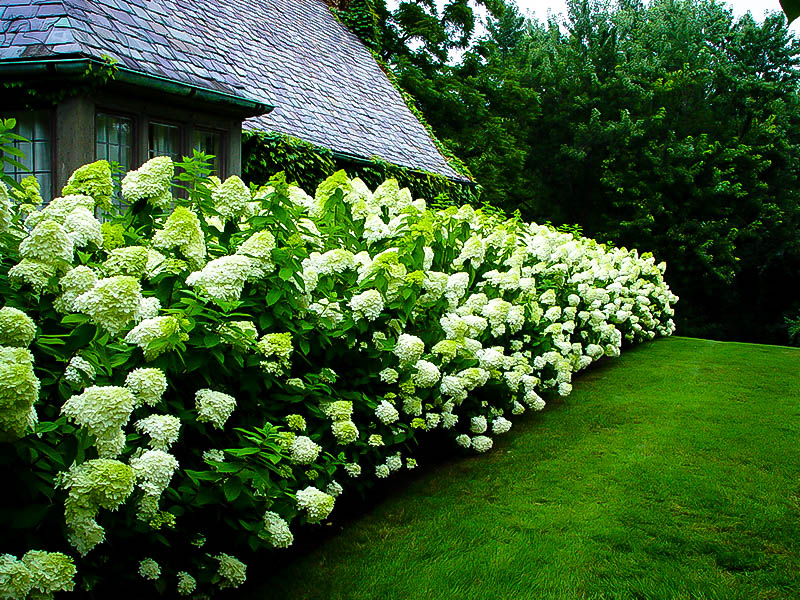
- Endless Summer hydrangea (Hydrangea macrophylla Endless Summer)
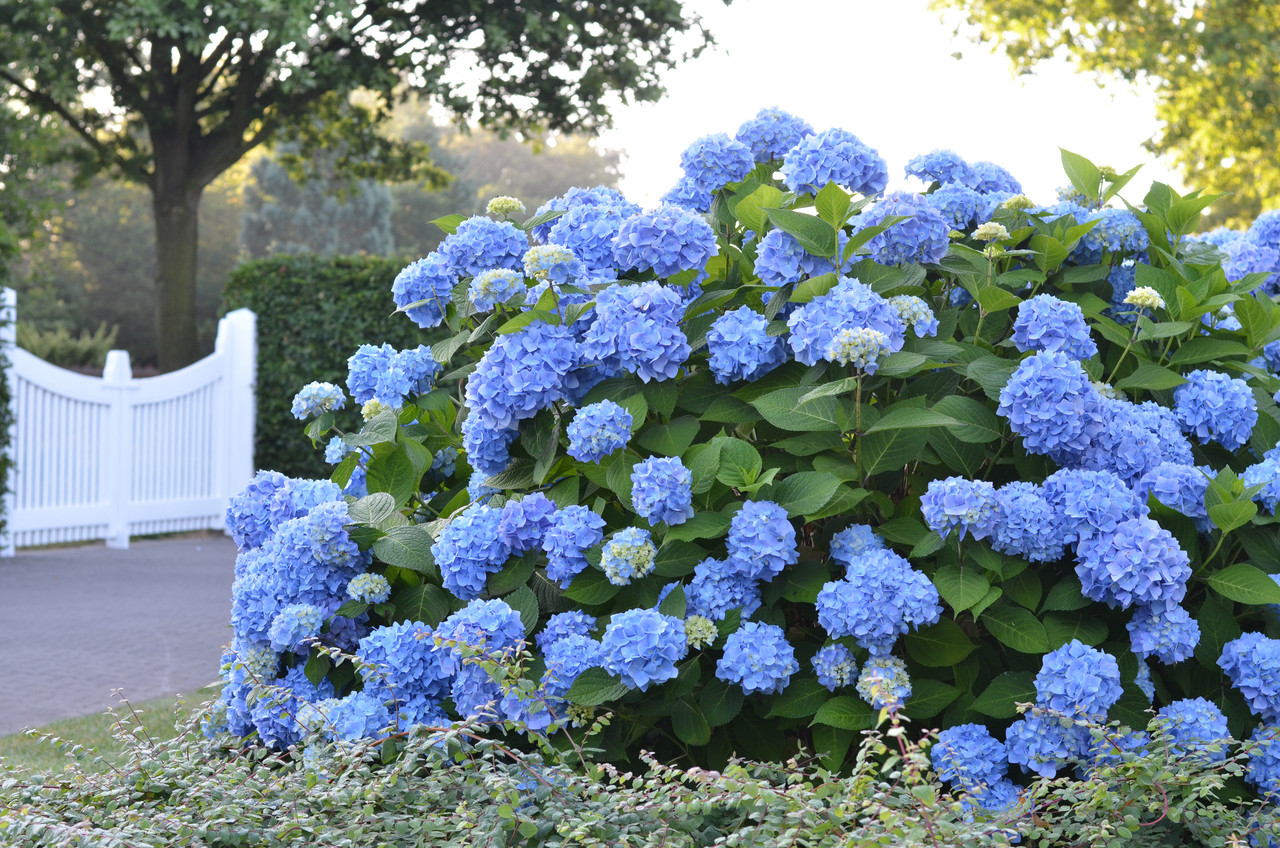
These hydrangeas all prefer partial shade or full shade, and they will all produce beautiful flowers in the right conditions.
Q: What are the benefits of planting hydrangeas in shade?
A: There are a few benefits to planting hydrangeas in shade. First, shade-tolerant hydrangeas are less likely to suffer from leaf scorch in hot, sunny conditions. Second, shade can help to prolong the bloom time of hydrangeas. Finally, shade can help to create a more peaceful and shady oasis in your garden.
Q: How do I care for hydrangeas in shade?
A: Hydrangeas in shade need regular watering, especially during hot, dry weather. They also appreciate a layer of mulch around their roots to help retain moisture. In addition, you may need to fertilize your hydrangeas once a year in the spring.
Q: What are some of the most common problems with hydrangeas in shade?
A: The most common problems with hydrangeas in shade include:
- Leaf scorch: This can occur if the hydrangeas are exposed to too much hot, sunny weather.
- Lack of blooms: This can occur if the hydrangeas are not getting enough sunlight.
- Pests and diseases: Hydrangeas can be susceptible to a number of pests and diseases, such as aphids, scale, and powdery mildew.
Q: What are some tips for choosing the best hydrangea for shade?
A: When choosing a hydrangea for shade, there are a few factors to consider, such as:
- The size of the hydrangea: Some hydrangeas, such as oakleaf hydrangeas, can grow quite large, so it is important to choose a variety that will fit in your garden space.
- The color of the hydrangea: Hydrangeas come in a variety of colors, so you can choose a variety that will complement the other plants in your garden.
- The hardiness zone: Hydrangeas are hardy in different zones, so it is important to choose a variety that is hardy in your climate.
Image of best hydrangea for shade
- Pleniflora Hydrangea: This hydrangea is a great choice for shady areas because it can tolerate full shade. It has large, white flowers that bloom in the summer.

- Little Lime Hydrangea: This hydrangea is a compact variety that is perfect for small gardens. It has small, lime green flowers that bloom in the summer.
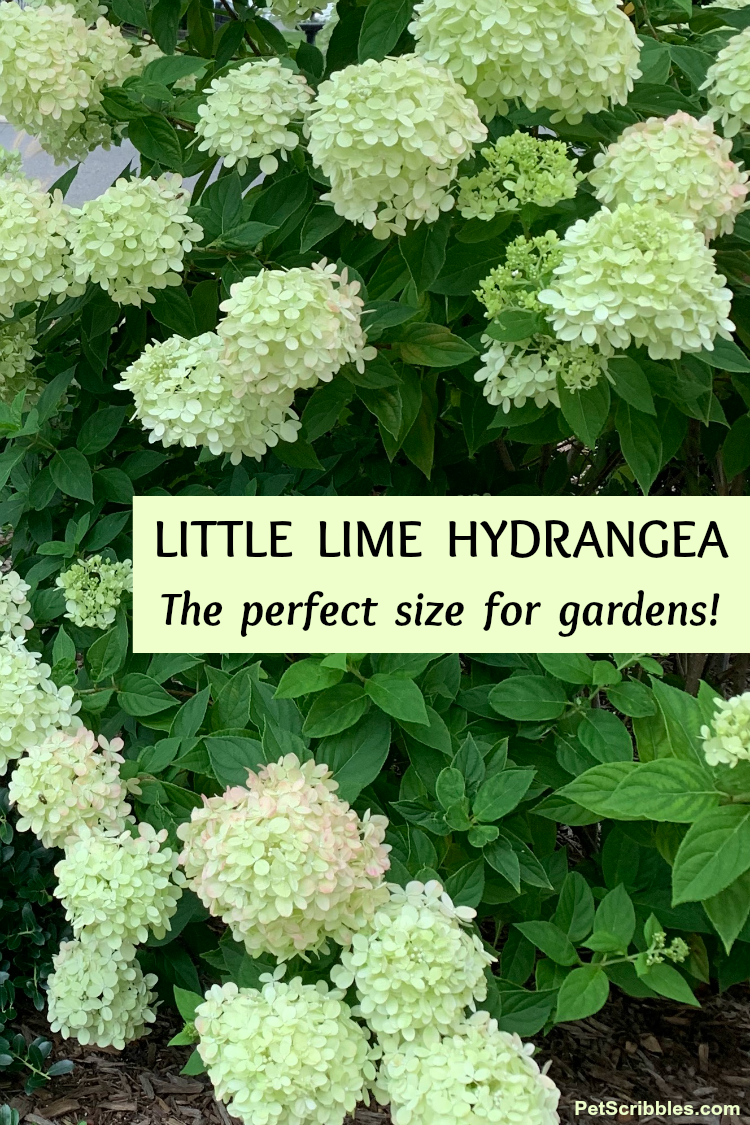
- Annabelle Hydrangea: This hydrangea is a classic variety that is known for its large, white flowers. It is a bit more tolerant of full sun than some other shade-loving hydrangeas.

- PeeGee Hydrangea: This hydrangea is a tall variety that can grow up to 10 feet tall. It has large, pink flowers that bloom in the summer.
- Smooth Hydrangea: This hydrangea is a hardy variety that can tolerate a wide range of conditions, including shade. It has small, white flowers that bloom in the summer.
Post a Comment for "The Best Hydrangeas For Shade That Will"